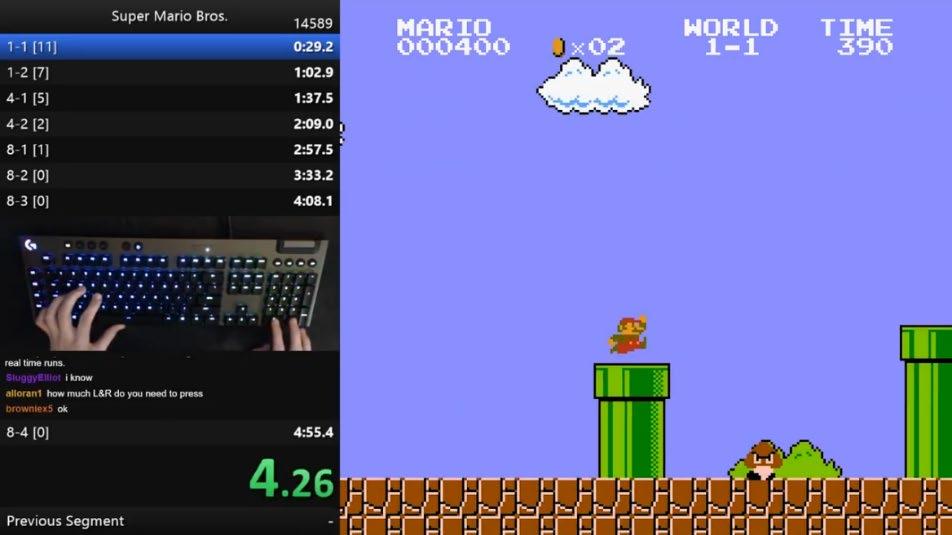
4 minute read
6.4. Limitations and further research
approach was deemed too complex, as it presented similar challenges to the previous two rejected approaches (namely, too much potential emphasis on one dimension of ludic habitus, and the need to specify the project in detail very early on and thus preclude input from game design experimentation).
The approaches and research forms outlined here are not inadequate for researching ludic habitus and digitalgaming practice in general, and could very well represent potential approaches to these topics in future research. There were simply too many drawbacks to them to employ them within the context of this individual research project, which – as has been stated before –was motivated by the need to develop a holistic framework of players and gaming. This motivation resulted in the specific methodology used in the project which, in turn, enabled the creation of precisely such a framework. Having that goal in mind, the methodological approach in this project is retrospectively seen as appropriate for the project’s goals.
6.4.Limitations and further research
The research project has taken a specific perspective on the act of playing digital games, one which has left it with certain limitations which need to be outlined. Some of these limitations
have already been mentioned prior (for example, when discussing the methodology in Chapter 3, or when taking a retrospective look at the project in the previous section of this chapter), while certain others will be discussed in more detail here.
Firstly, since its inception, the project was envisioned and conducted as an exploratory project – i.e., it was always meant to be the first step in applying Bourdieusian practice theory to the concrete acts of playing digital games. For this reason, empirical investigations were limited in scope (of both players and games developed/played), and any generalizations must take these limits into account. Furthermore, due to this character, the project took a specific focus on digital gaming practice, one which investigated acts of digital gameplay as essentially bounded phenomena, which left the sociocultural aspects of Bourdieusian practice theory unaccounted for. This deliberate choice means that the project needs to be understood in a very particular, preliminary light: it is a single piece in a bigger puzzle that is the Bourdieusian understanding of digital gaming as both a situated and a sociocultural practice, but a piece that has nonetheless been missing thus far. Sociocultural aspects – such as player culture and its various subcultures, the values, norms, activities, and relations therein, and the hegemonic power structures and other
forms of disbalance within the field of digital games – are, inarguably, vital for a more complete picture of how one relates to games and gaming. They also undoubtedly shape one’s ludic habitus, and therefore impact how it is deployed and altered in concrete acts of digital gaming practice. By excluding these aspects, I in no way claim that they are irrelevant for the act of playing. Instead, with the project’s approach and the general framework, I have simply set the groundwork for understanding digital gaming practice, and in doing so opened the door for examinations and investigations that will expand on this initial understanding by including the social and the cultural.
Secondly, while the framework’s conceptualization of the player side of the gaming equation (i.e. the ludic habitus) is presented in an elaborated manner, the understanding of the game as a designed digital artefact is comparatively less detailed. The project has opted for the simplified view of the digital game artefact in order to more closely examine the consequences of the acts of gaming on the player. In other words, as illustrated by the title, the project’s principal focus was the ludic habitus and (its structure and functioning in acts of) digital gaming practice, rather than an elaboration of any structure or history on the side of the game design. Future research endeavors could build on this project by elaborating the game design frame, perhaps as part of historical examinations of certain subfields and their delineations, or through longer studies which could see a group of players attempt to develop a ludic habitus specifically attuned to a certain genre or design configuration. Such forms of research would introduce more detail to the game side of the digital gaming practice model, and in turn further elaborate ludic habitus as a concept.
The specific setup of the project has also meant that its corresponding framework has been developed on the basis of data from players playing three single-player digital games. While this has resulted in vital information about how one’s ludic habitus is implemented in gaming practice to process and act in novel situations, it means certain types of gaming experiences – principally, multiplayer games – have not been examined here. The social relationships and interactions during acts of digital gaming represent the logical next step in this research area, and in the further development of the understanding of ludic habitus in digital gaming practice. This area could potentially be approached with more traditional ethnographic or case study methods, such as longer participant observation sessions involving certain player groups during play, ideally those clustered around particular genres or game titles, to give the research additional direction and structure.





